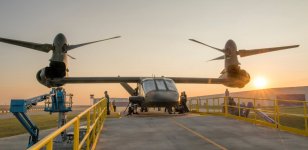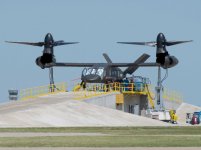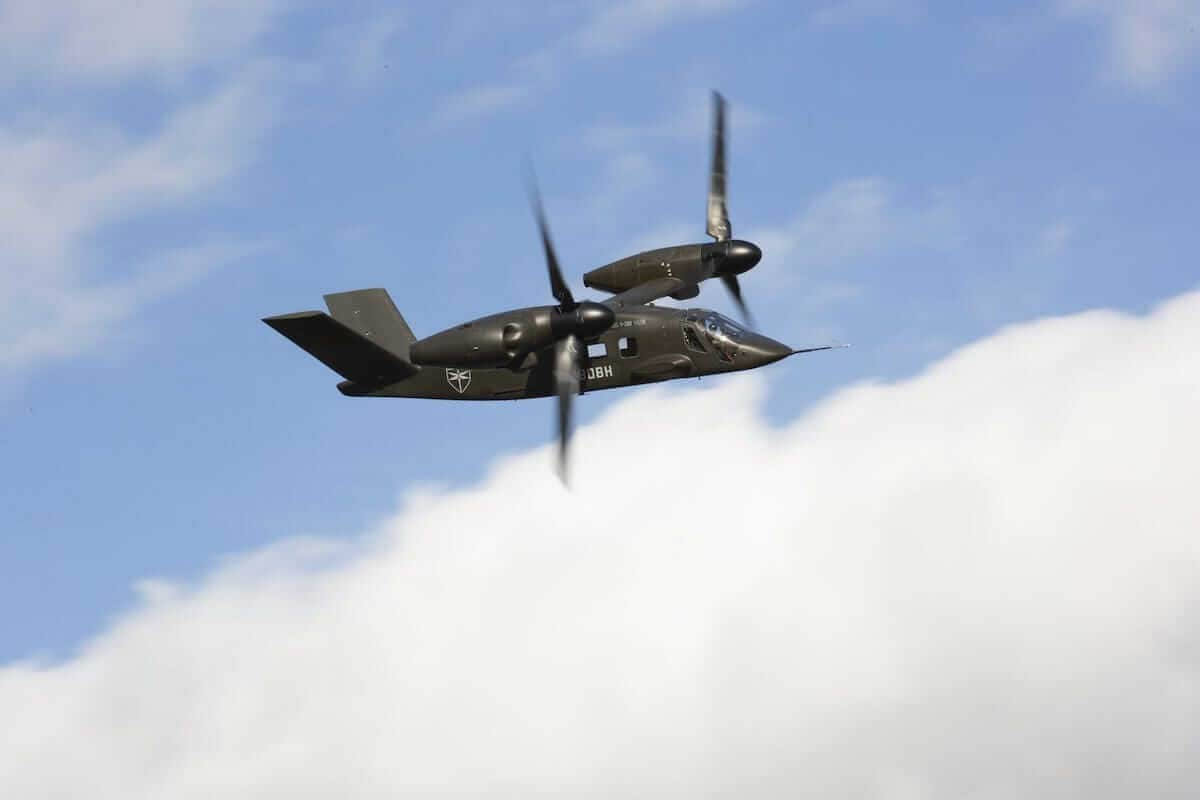Sikorsky shows off superfast and compact S-97 Raider military helicopter proof of concept
Sikorsky is building a game-changing RAIDER aircraft that is intended to revolutionize helicopters for the military.
The Army wants to reinvent the very idea of rotorcraft, with a new propulsion concept. After the flight tests and technology development, JMR will end and a Request for Proposals (RFP) will be issued open to all companies to begin the projected $100 billion FVL effort. Demonstrators developed under JMR will be "X-planes" to demonstrate some key technologies, but they won't have production-representative engines or real mission systems architecture; JMR will show off technologies to enable Army rotary-wing aviation to make the next leap in speed, lift, protection, and interoperability under FVL for the 2030s. The program is intentionally slow paced to avoid past program failures.
Although requirements are still being refined, the notional concept for a new aircraft must reach speeds of 230 kn (260 mph; 430 km/h), carry up to 12 troops, operate in "high-hot" conditions at altitudes of 6,000 ft (1,800 m) and temperatures of 95-degrees Fahrenheit, and have a combat radius of 424 km (263 mi) with an overall unrefueled range of 848 km (527 mi).
Ars Technica reports that Sikorsky a guided walk-around of the S-97 Raider, a proof-of-concept helicopter developed without government funding that the company hopes will earn a role with the military as an armed scout helicopter. The Raider is different from just about everything in the helicopter world, using a pair of counter-rotating rigid rotors for lift and a tail-mounted propeller for additional thrust, allowing it to fly at speeds of up to 250 miles per hour (220 knots) and hover at extreme altitudes.
Sikorsky is hoping that the Raider will fill a hole in the Army's aviation capabilities that can't currently be filled by unmanned aircraft. "You need to have a human in the loop assessing the situation" on scout missions, Fell said.
The rigid rotors of the Raider give it a compact footprint compared to other helicopters of its size—while it fills up the same space as the two-seater Kiowa, the Raider has space for six troops in a passenger compartment. And when in level flight, the Raider flies more like a commercial jet than a helicopter—the collective control locks in at its most efficient position, and the pilot flies the helicopter exclusively with the cyclic stick. A control on the stick allows the pilot to control the pitch of the rear propeller to control speed in level flight—or to fly the aircraft backward with negative pitch. And the combination of rigid rotors and rear thrust makes the Raider much more nimble than other helicopters; the Raider is designed to withstand sustained forces of up to three times the earth's gravity in maneuvering.
Much work needs to be done still on the Raider—so far, the aircraft has only flown for a little over two hours, and there have only been about 40 hours of ground tests.
By next year, the Raider's test flights will begin to push its performance envelope.








